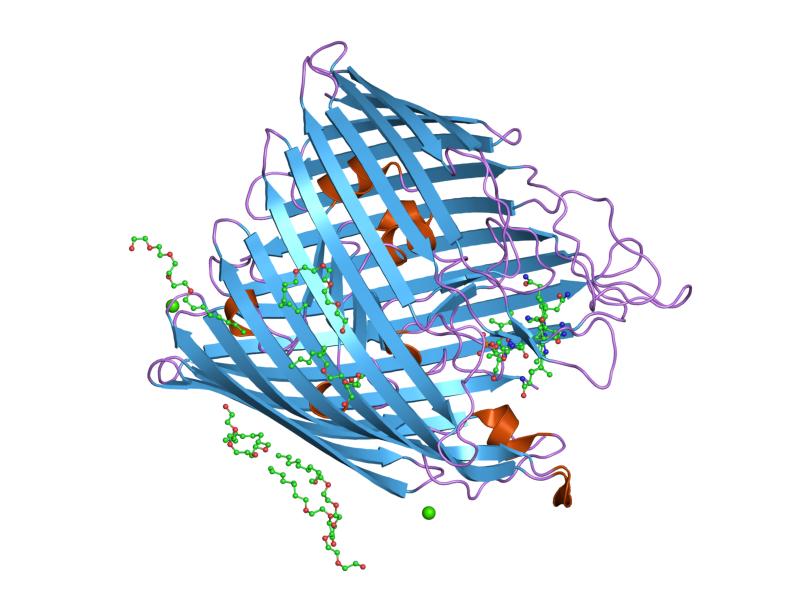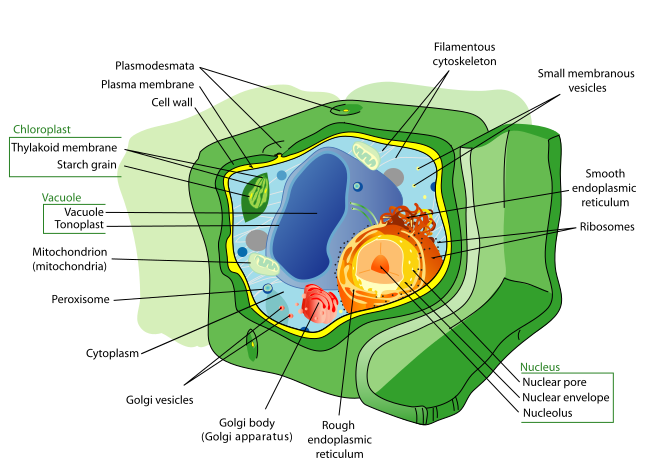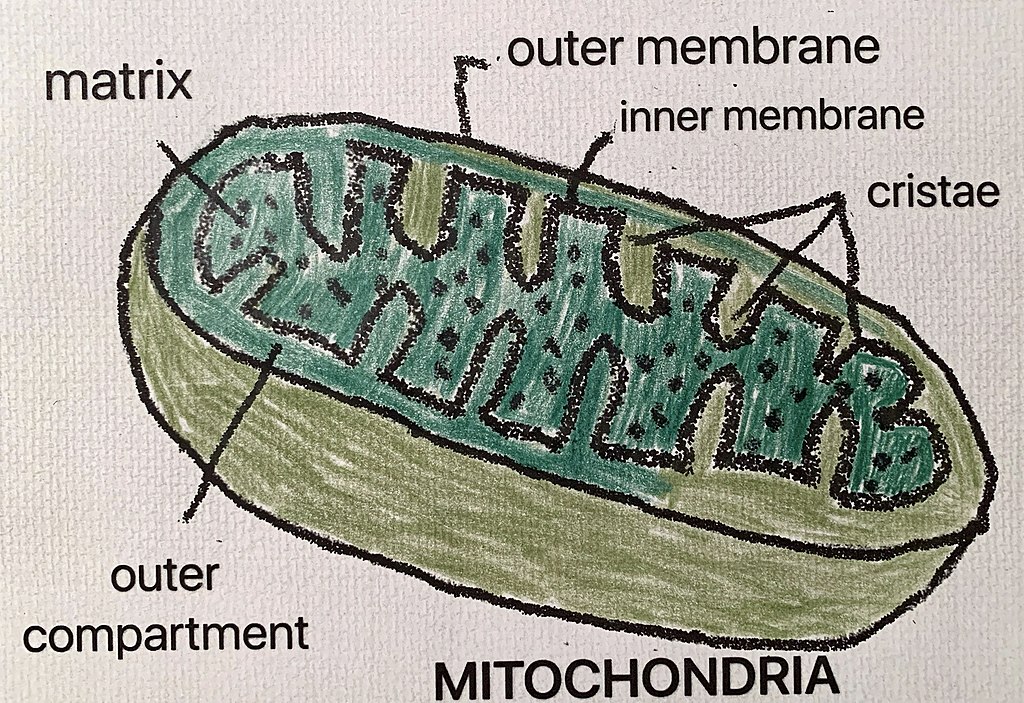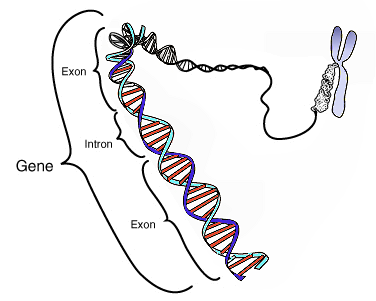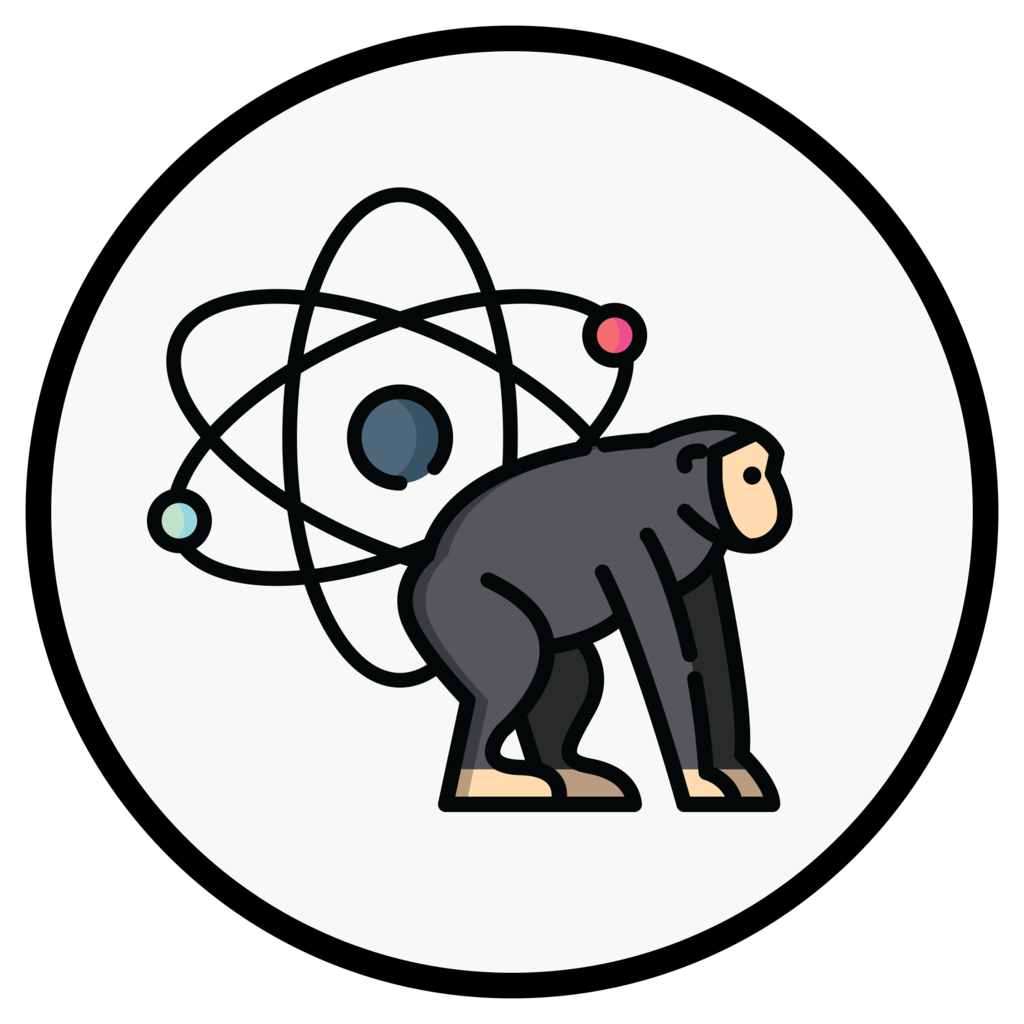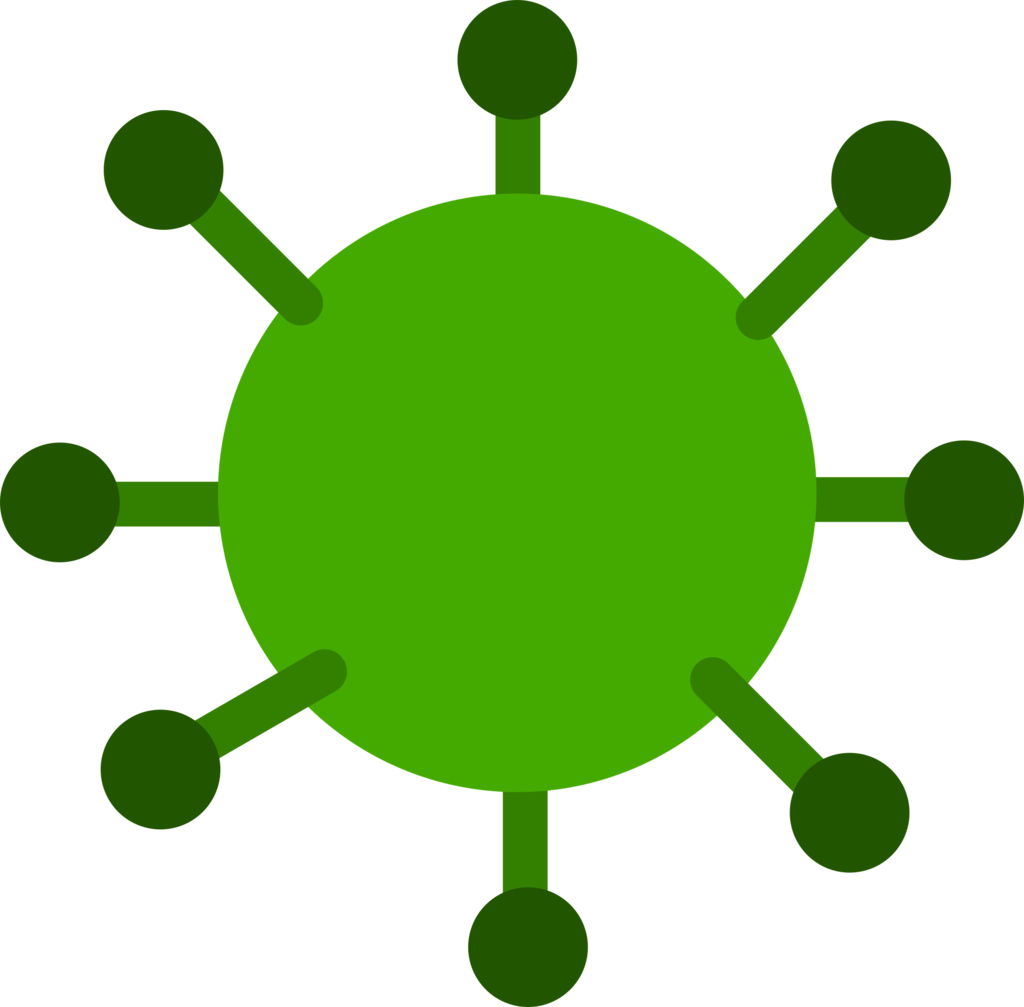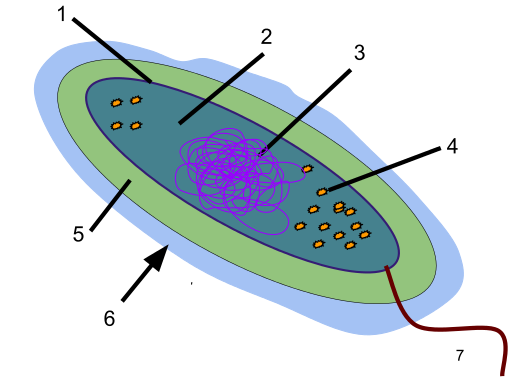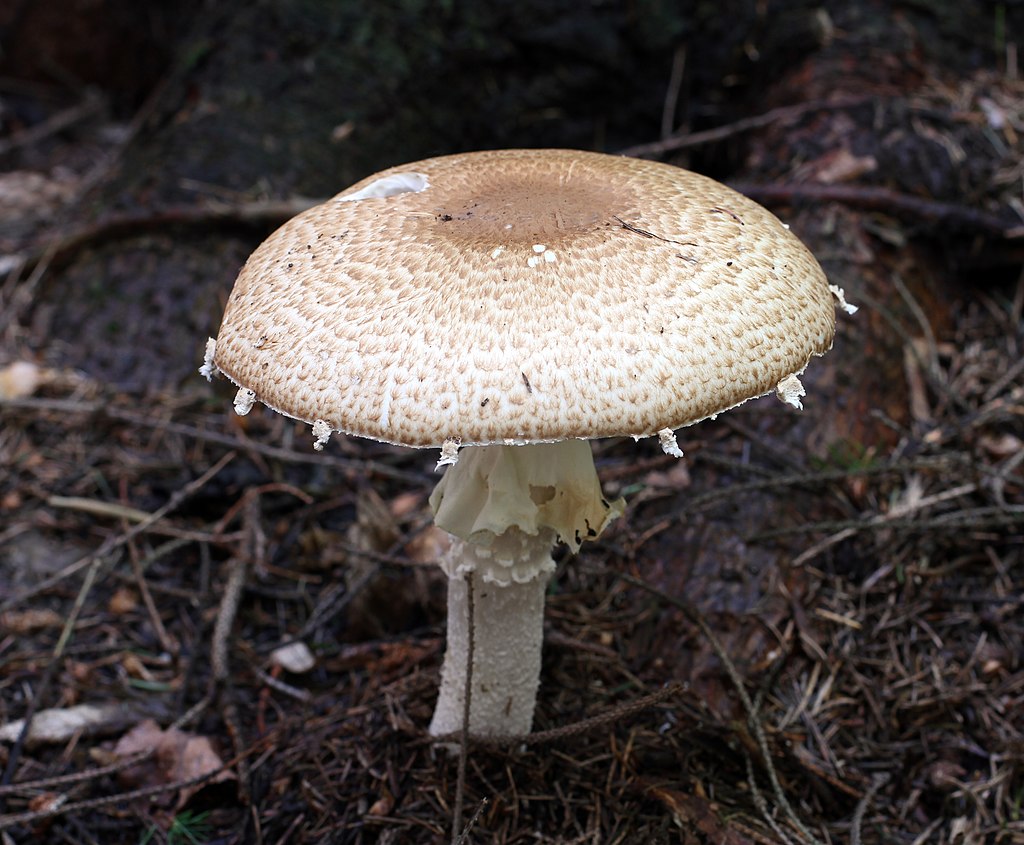Biology_Med
Topic outline
-

-
-
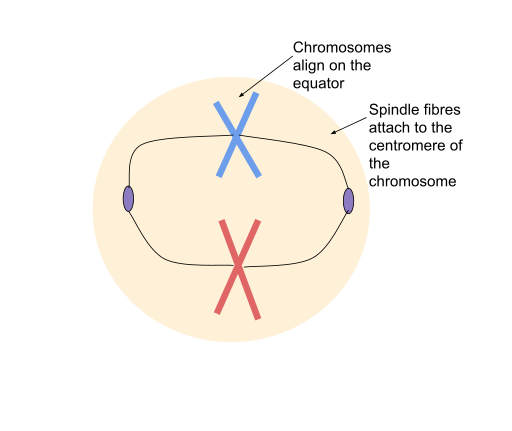
-
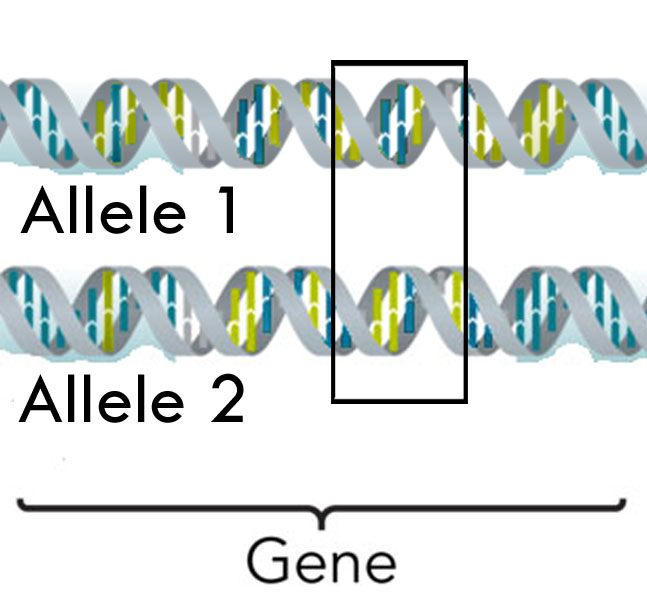
-
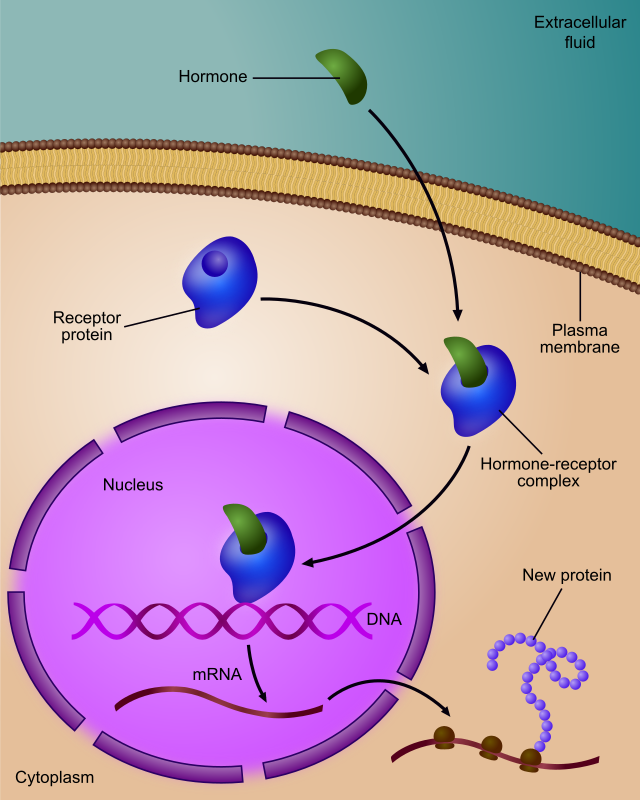
-
-
-
Zoom conference ID: 503 111 8709
Access code: 542257 -
By Dec 24, prepare to answer the following questions.
The lesson will be in the form of a colloquium.
1. Fill in the blanks in this summary map to help you review the key concepts of cellular respiration.

2. The poison cyanide binds to an electron carrier within the electron transport chain and blocks the movement of electrons. When this happens, glycolysis and the citric acid cycle soon grind to a halt aswell. Why do you think these other two stages of cellular respiration stop ? (Exp lain your answer. )
a . They run out of ATP.
b. Unused O2 interferes with cellular respiration.
c. They run out of NAD+ and FAD.
d. Electrons are no longer available.
3.

4.

5.

6.

7.

8.

9.

10.

11.

-
1. Complete this summary map of photosynthesis.

2. Compare and describe the roles of C02 and H20 in cellular respiration and photosynthesis.
3. Explain why a poison that inhibits an enzyme of the Calvin cycle will also inhibit the light reactions.
4. What do plants do with the sugar they produce in photosynthesis
5. Explain what is meant by saying the light reactions convert solar energy to chemical energy.
6. Will increasing atmospheric levels of C02 make you sneeze as well as itch? Scientists studying the effects of rising C02 levels have looked at ragweed, whose pollen is the primary allergen for fall hay fever. They grew ragweed in three levels of C02: a pre-industrial concentration of 280 ppm, a year 2000 level of 370 ppm, and a projected level of 600 ppm. They found that pollen production increased by 131% and 320% in the plants exposed to the recent and projected C02 levels, respectively. What was the hypothesis of this experiment? Do the results support the hypothesis? Given what you know about climate change, what other variables would you like to test, and what other measurements would you like to take?
7. Most scientific experts agree that climate change is already occurring and has potentially catastrophic consequences for all of life on Earth. The Paris Agreement of 2015 represented a global consensus on the need to reduce green house gas emissions. However, in 2017 the United States announced its intention to withdraw from the Agreement in 2020. Go online to research and summarize the main agreements reached in this historic global climate accord and the U.S. government's reasons for withdrawing. What roles do you think scientists, politicians, and citizens will need to play to cut emissions and limit global warming?
-
-

